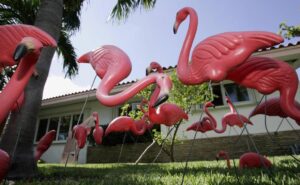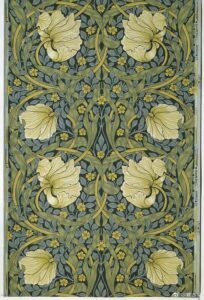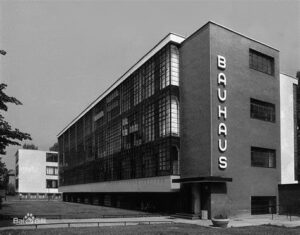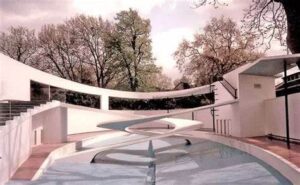Environmental design-Week2 Reading comprehension Zhu ShenXu

In this blog post, I would like to share my understanding of “Environmental Histories of Design: Towards a New Research Agenda”This article was published in May 2017. This article explores the reasons for the formation of the interdisciplinary field of environmental design from a historical perspective.By understanding this article, we can re-examine what environmental design is and use it as a reference for our further exploration.



I think this article mainly discusses the following three things.(The above three images were created using AI tools and correspond to the following three things.)



I associate a constructive case,Waterfall Villa. This design does not include building the villa next to a waterfall, as in the previous two cases, and then placing a plastic waterfall inside the villa. This design uses a design language that communicates with nature.The designer of the flowing villa put aside human pride and respected nature and the surrounding environment of the building. I think this is very valuable. This architectural design made me realize that although the building appears to be a separate space from nature, people and the building are actually a part of nature.






From a historical perspective, I believe that designers in the last century advanced the development of design by a significant margin. With the advent of the Industrial Revolution and war, people began to reflect and evaluate their existing knowledge systems. Many constructive schools of thought have emerged, such as deconstructionism, stylism, and the Memphis design organization. These are great revolutions and innovations in the field of design.
Based on the study of this history, I believe that environmentally friendly design should not be limited to imitating the appearance of natural organisms and expressing natural graphics, nor should it only focus on the human perspective and ignore the laws of natural operation. Merely imitating forms cannot achieve environmentally friendly design. We should let go of human arrogance, abide by natural moral principles, and design from a natural perspective.
Reference:
1. Environmental History of Design: Towards a New Research Agenda; Kjetil Fallan and Finn Arne J ø rgensen
2. From luxury brands to street vendors, why is this pink flamingo so popular; https://www.sohu.com/a/163573917_788514
3. AD Classic: Flowing Villa; https://www.archdaily.cn/cn/622965/ad-classics-fallingwater-house?ad_source=search&ad_medium=projects_tab
* Unlabeled images are from search engines